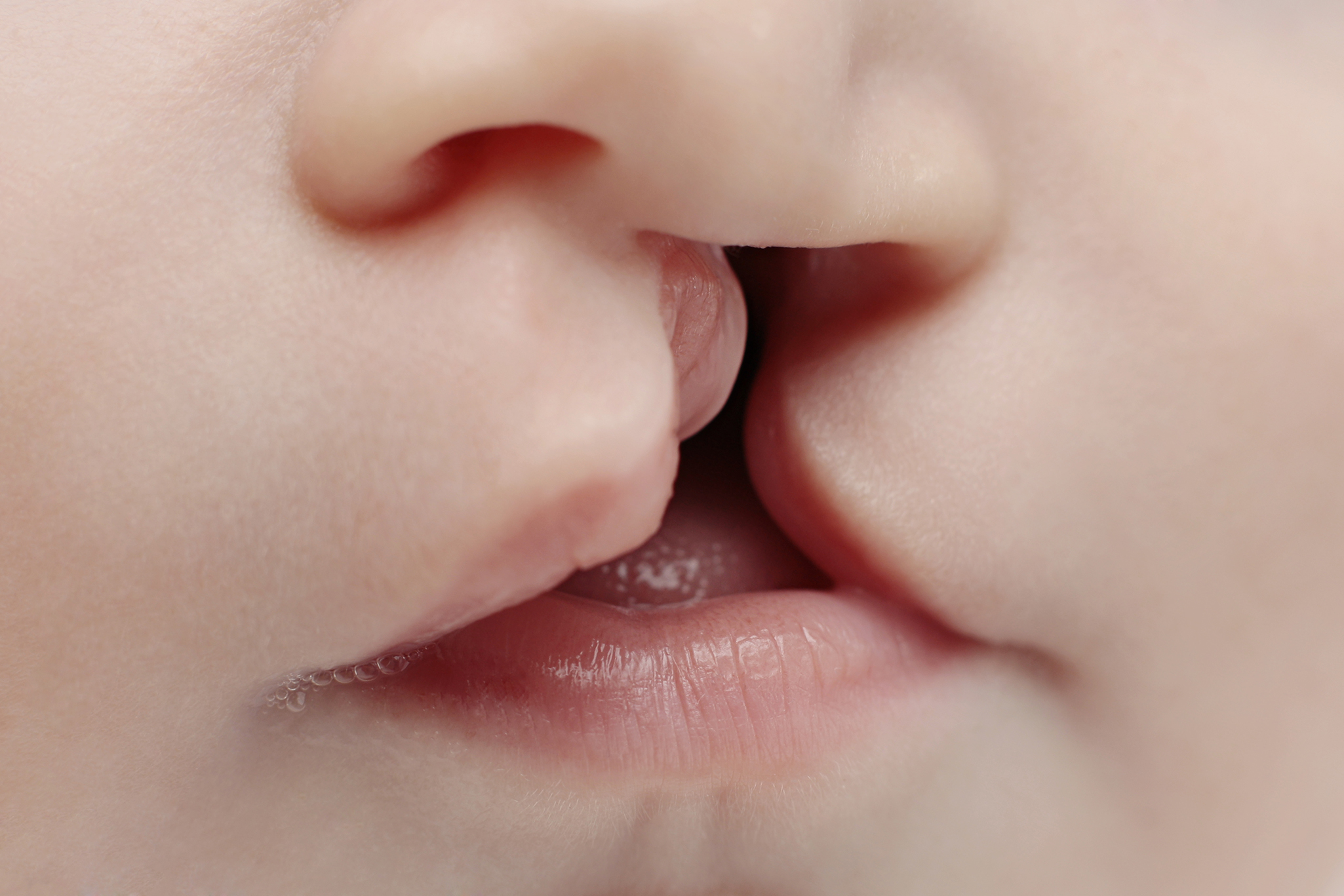WHAT CAUSES CLEFT LIP
DEFINITION:
Cleft lip is a congenital
crack or fissure which almost invariably affects the upper lip and could either
be unilateral or bilateral on both sides of the upper lip.
The crack or the fissure
results from the failure of the maxillary and pre-maxillary process to fuse
during the 5th to the 8thy weeks of intrauterine life. The cleft may
be a simple notch in the vermilion line or it may be extended up into the floor
of the nose.
INCIDENCE
Cleft lip occurs in about
one out of every eight hundred (800) live births and it is most common in males
than in females.
AETIOLOGY
The causes of left lip
are not entirely clear. However, it appears to be genetically influenced, it
also does occur in isolation with no genetic history.
Other predisposing
factors include maternal viral infections such as rubella, exposure to
excessive radiation during fetal life, alcoholism, oxygen and vitamin
deficiency and cortision intoxication.
PATHOPHYSIOLOGY
Development of the upper
Lip is characterized by fusion of the maxillary prominences with the lateral
and medial nasal prominences. This process starts during the fourth (4th)
week of gestation and is complete by the seventh (7th) week. Failure
of mesenchymal migration to unite one or both of the maxillary prominences with
the medial nasal prominences results in a unilateral or bilateral cleft of the
lip, respectively.
CLINICAL MANIFESTATION
1.
The physical appearance of the child
sufficiently confirms the diagnosis. The new born presents a facial deformity
with an un- united upper lip which may or may not extend to the nose.
2.
There may be nasal distortion
3. There is difficulty in feeding
COMPLICATIONS
BEFORE
SURGERY:
1. Speech
impairment
2. Improper
tooth placement
3. Impaired
social adjustment
4. Infections
such as otitis media
5. Hearing
loss
AFTER
SURGERY:
1. Severe
pain after surgery
2. Bleeding
from the invasion site
3. Infection
of the incision site
TREATMENT
Treatment is by surgical
repairs. This can aid the baby to suck. Modification of the palate can also
mould the cleft into correct alignment before surgical closure. It usually
gives superior cosmetic results. The child has to gain a weight of about ten
(10) pounds, has haemoglobin level of 10mg/dl or more and the child is about
ten (10) weeks or more. In the theatre, the edges of the lip are paired
together with stitches and the wound is painted with either iodine or
methylated spirit.
NURSING MANAGEMENT
PRE-OPERATIVE
CARE:
1. Admit
the child for a period of one (1) week or two (2).
2. Observe
child for the presence of catarrh which should be treated before surgery if
present.
3. The
child should be trained in spoon feeding. Place the spoon far to the back of
the mouth before pouring out the breast milk. The child’s response to this type
of feeding should be satisfactory before surgery.
4. Systemic
antibiotics are given to combat any secondary infections.
5. Support
parents by reassuring them that, reparative surgery can be done with much
success
6. Make
sure the consent form is signed by the parents.
7. Tell
mother to fast baby at 6:00am.
8. The
child’s temperature, pulse and respiration are monitored every four (4) hours
and recorded.
POST
OPERATIVE CARE:
1. Split
the child’s arms with a cardboard to prevent her from touching the wound or
picking at the dressing.
2. Administer
paracetamol and suppository to reduce pain and temperature.
3. Check
vital signs such as temperature, pulse and respiration and record accurately.
4. The
mouth and nose are frequently cleaned to avoid infection of the incision site.
5. The
wound is usually swabbed or cleaned with sterile water or normal saline.
6. Ensure
rest and minimize crying to avoid the sutures from giving way. This can be
achieved by ensuring that, the mother is always with the child, cuddling her
whenever she cries.
7. Some
drugs such as chloral hydrate are given to the child to keep her quiet.
8. Prevent
people with nasal catarrh from visiting the child and all health staff caring
for the child should be free from any sort of cold.
9. Clean
suture line after every feeding using saline water, tap gently and frequently
with cotton tipped applicator and dry by patting.
10. Position
the child on her back or prop her on her side to keep her from rubbing her lip
on the bed linen. An infant seat may be useful for variation of position
comfort and entertainment should be provided.
11. Provide
diversional therapy by hanging attractive colourful toys, baby sound, music and
flowers around the child’s bed.




Comments
Post a Comment